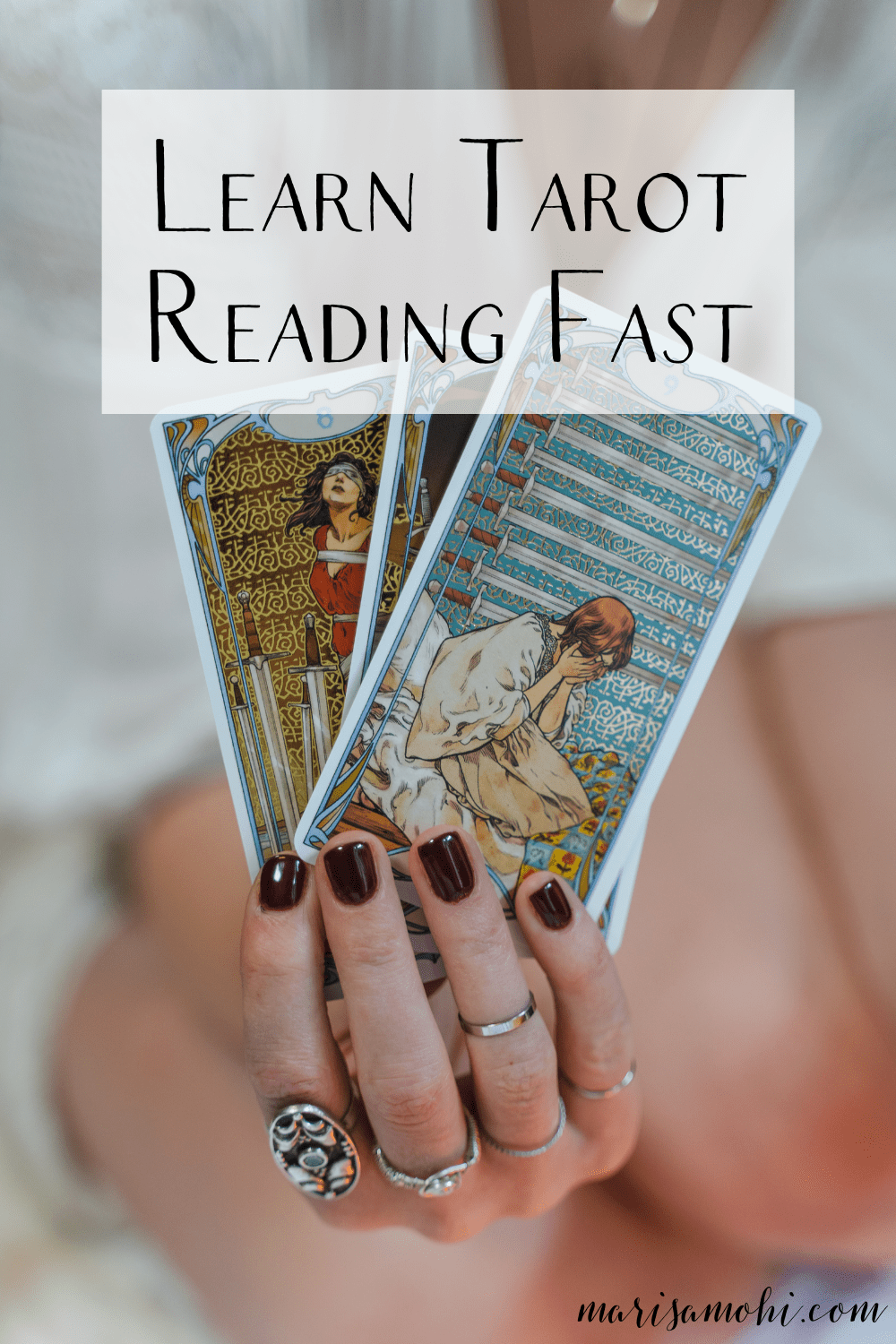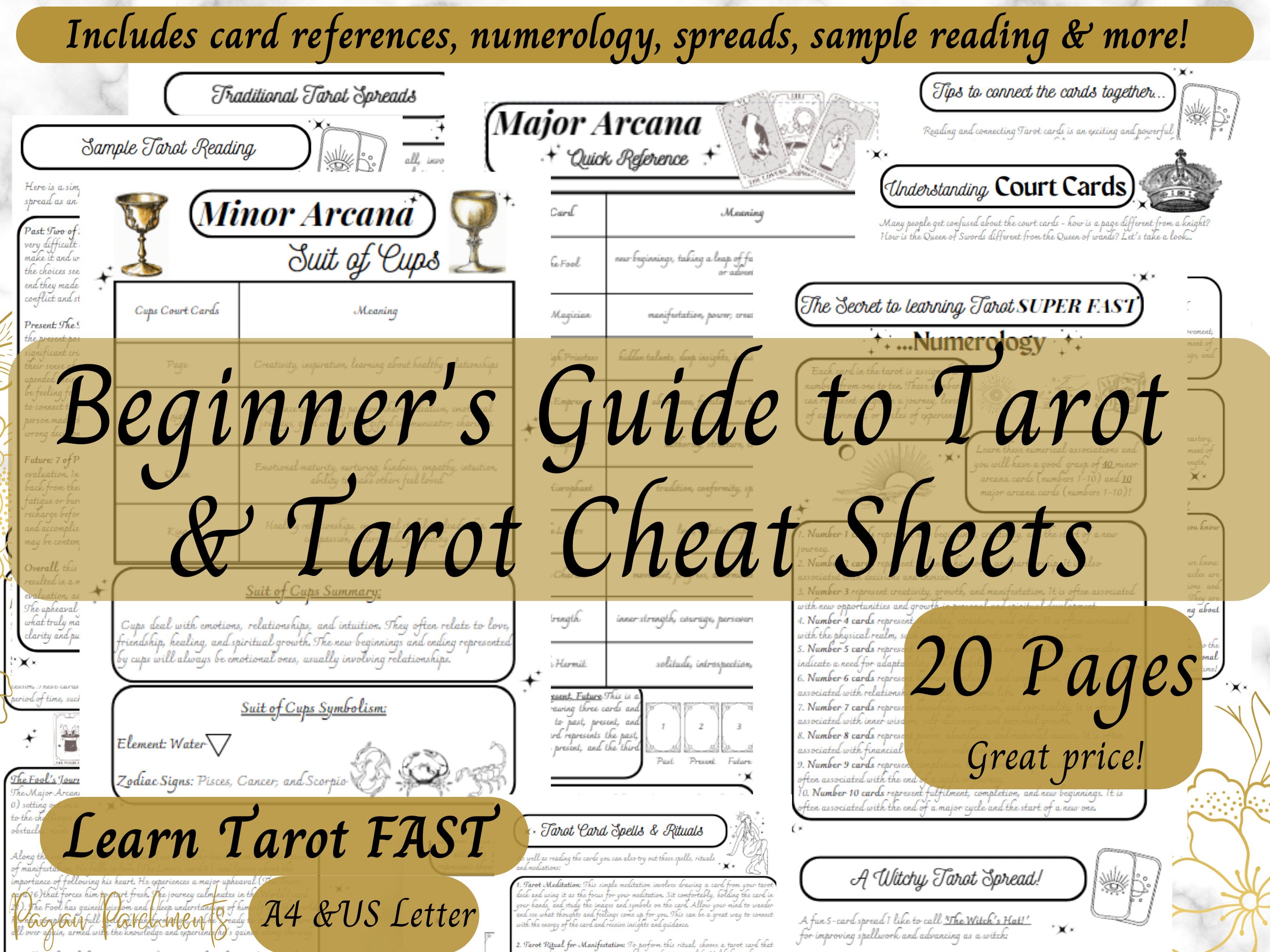So, I’d been kinda curious about tarot for a while, you know? Not in a super serious, crystal-ball-gazing way, but more like… a tool for thinking. Friends were into it, and I thought, “Hey, maybe there’s something to it.” But buying a deck and a bunch of books felt like a whole thing. Then I stumbled across a PDF, just a simple file, claiming to teach the basics. Figured, what have I got to lose? It was just sitting there after a quick search for something like “how to read tarot cards pdf”. Easy peasy.

My First Look and Feeling Totally Lost
Okay, so I downloaded this PDF. It wasn’t super fancy, just pages of text and some pictures of the cards. My first thought? “Whoa, this is a LOT.” Seriously. Major Arcana, Minor Arcana, Wands, Cups, Swords, Pentacles… my head was spinning. The PDF tried to explain it all, but it was like learning a new language from a dictionary. Just lists of meanings. For a while, I’d just open it on my old tablet, stare at a page, feel my eyes glaze over, and close it again. Felt like I was trying to assemble some complicated flat-pack furniture with instructions written in ancient Greek.
I remember trying to memorize the meanings for The Fool, The Magician, all those big important-sounding cards. The PDF had keywords, which I guess was helpful, but they felt so… dry and disconnected. “Beginnings, innocence, spontaneity” for The Fool. Okay, cool, but how does that actually help me when I’m looking at the card and trying to figure out if I should take that new job offer?
Actually Getting Somewhere with It
The turning point wasn’t really about the PDF being amazing, it was more about how I started using it. I stopped trying to cram all seventy-eight card meanings into my brain at once. That was just stressing me out and making me want to give up.
- First off, I actually went out and bought a super cheap deck of cards. Just a basic Rider-Waite-Smith one, the kind you see everywhere. Holding the physical cards, shuffling them, it helped more than just seeing tiny pictures in the PDF.
- Then, I started pulling just one card a day. No big fancy spreads. Just one card. I’d look at the picture for a good long minute, try to see what I thought it meant, then I’d open the PDF and look up its “official” meaning. The PDF became more like a reference guide, a cheat sheet, than a textbook I had to memorize cover to cover.
- I focused on the pictures. This was a game-changer. The PDF had descriptions, sure, but actually looking at, say, the Five of Cups, and seeing that dude all mopey over his spilled cups while two perfectly good ones are still standing behind him… well, you don’t need a PDF to tell you he’s focusing on the negative. The PDF would then add stuff like “loss, regret, disappointment,” and it started to click a bit more. The images told a story the keywords alone couldn’t.
I’d do super simple one-card pulls. “What’s the vibe for today?” or “What should I focus on?” And then I’d consult the PDF for that one card. Slowly, very slowly, some of it started sticking. The PDF was my crutch. I’d have it open on my tablet while I fumbled with the cards. It wasn’t elegant, and I probably looked a bit silly, but it was practical for me at the time.
What the PDF Was Good For (And Not So Good For)
Honestly, that PDF was great for getting the bare-bones information without spending any money or committing to a whole course. It was all there: meanings for each card, a little bit about the suits, and even some basic spreads (though I mostly stuck to one or three cards for ages). It was searchable too, which was handy if I vaguely remembered a card but couldn’t place the name or its main gist. Just type in “tower” or “lovers” and bam, there was the info.

But man, it lacked… soul? That sounds cheesy, I know. But a PDF can’t really convey the intuition part of tarot. It gives you the “book meanings,” but tarot is so much more about how the cards feel to you, how they interact in a spread, the story they tell together. The PDF was just data, lines of text. It couldn’t teach me how to string a narrative together from the cards, or how to trust my gut if a card felt different to me than what the PDF said. It also didn’t really get into reversals much, or if it did, I probably glazed over that part because my brain was already full.
Moving On (But Still Keeping the PDF Around)
After a while, probably a good few months of just me, my cheap deck, and that PDF, I started looking at other stuff. I felt like I’d hit a wall with just the PDF. Watched some videos online – some good, some terrible. Read some blogs (ha!). I even caved and bought a proper book, one that talked more about the feeling and symbolism, and less about just lists of keywords. That really helped fill in the gaps the PDF left.
It’s funny, I still have that PDF saved on my computer. Sometimes, if I’m looking for a super quick, no-frills, basic meaning, or if I’m away from my books, I’ll still pull it up. It’s like an old, slightly clunky tool that still does its job for certain specific tasks. It wasn’t the only way I learned, and definitely not the best way for everything, but it was my way in. It got me started when I might have otherwise just given up because it all seemed too complicated or expensive.
So yeah, that’s my journey with learning from a “how to read tarot cards pdf”. It was a bit messy, a bit frustrating at times, but it did the trick. Got my foot in the door, you know? And from there, I could actually start walking the path and exploring more. If you’re thinking about it, and all you’ve got is a PDF, go for it. Just be patient with yourself, and don’t expect the PDF to be a magic wand that teaches you everything overnight. It’s a starting point, and sometimes, that’s all you need.